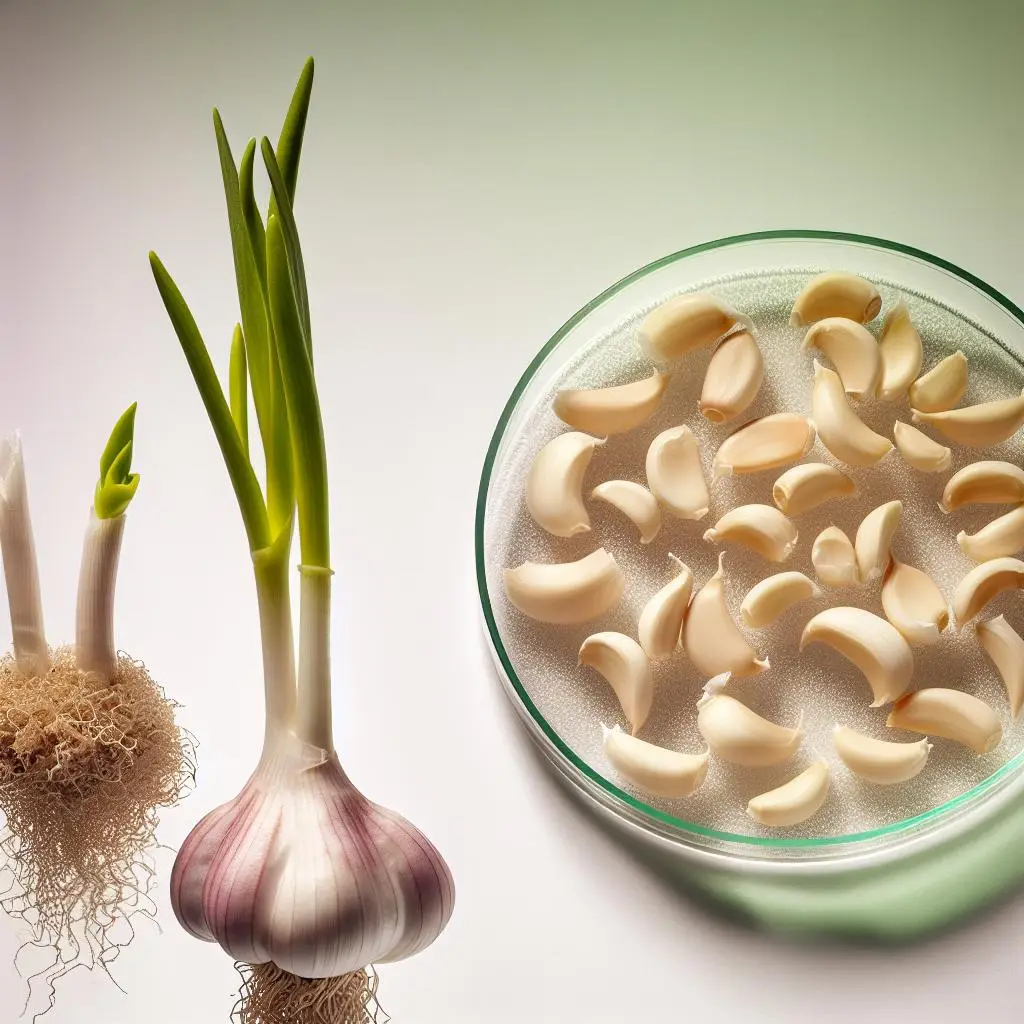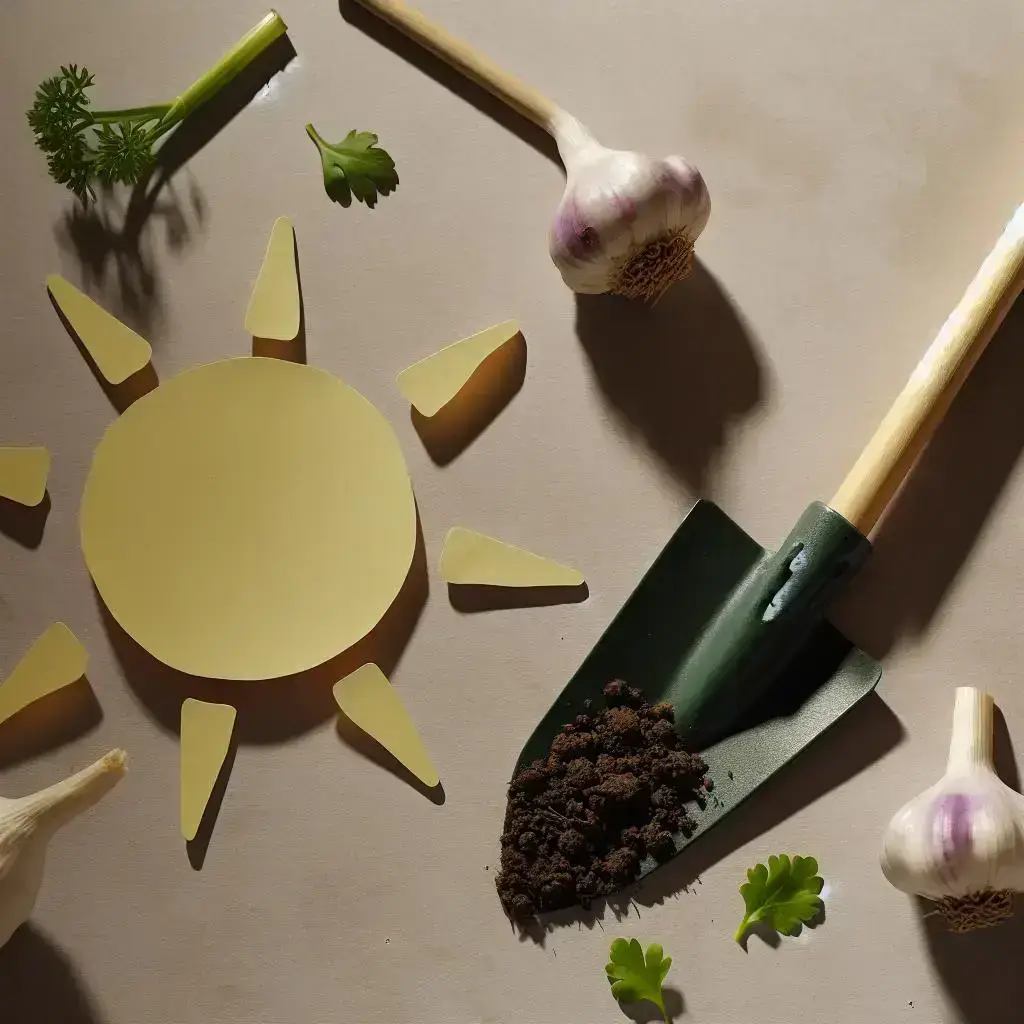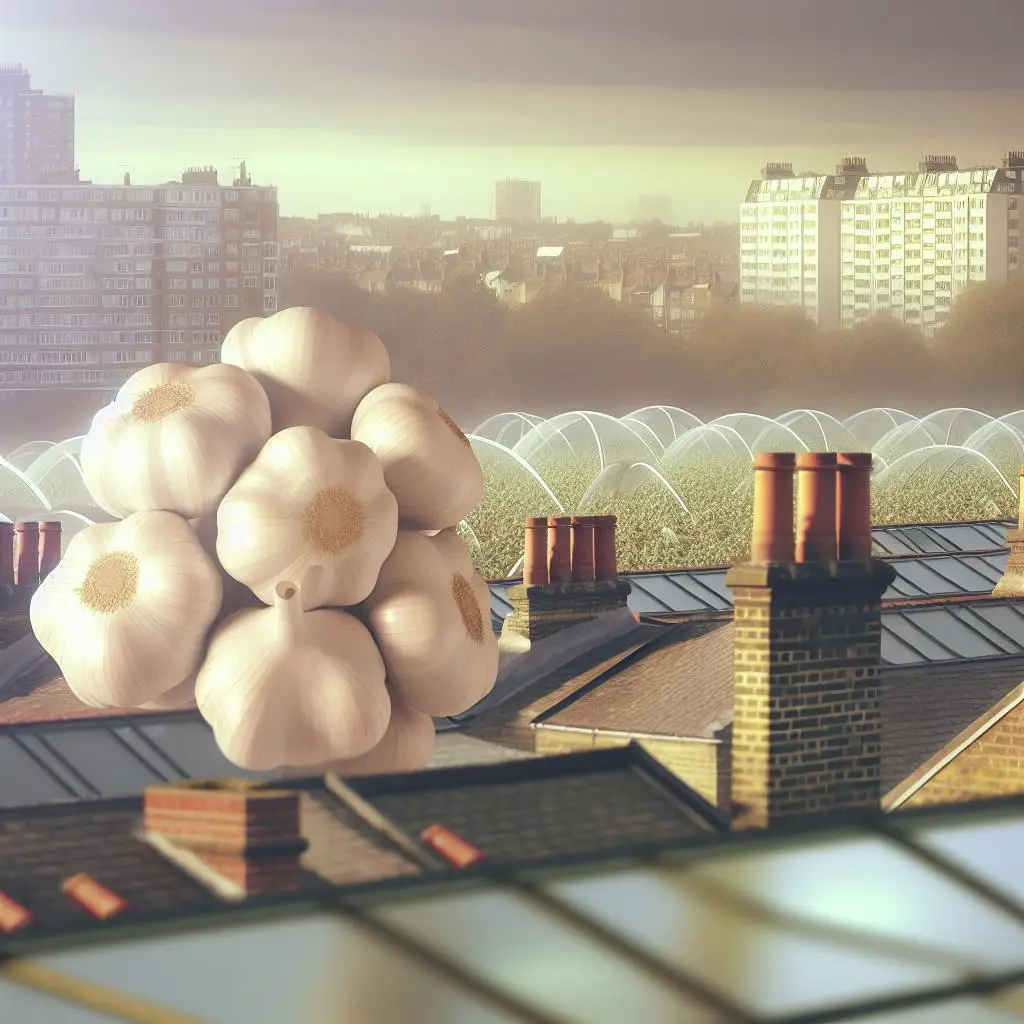Harnessing Mycorrhizal Fungi to Boost Garlic Yields
If you’re into growing your own garlic — whether in a small garden plot or a tiny balcony microgarden — you’ve probably noticed how tricky it can be to get those bulbs to flourish. It’s not just about watering and sunlight; there’s a secret underground network that can make a real difference — mycorrhizal fungi.
These tiny, often overlooked fungi form a symbiotic relationship with plant roots, acting like nature’s own fertiliser and root extender. Think of them as the internet of the plant world, helping garlic plants access nutrients and water more efficiently. And if you’re serious about boosting your garlic harvest sustainably, understanding and harnessing this natural partnership could be a game-changer.
The Science Behind the Fungi
Mycorrhizal fungi colonise plant roots, creating a network that extends far beyond what roots alone can reach. They help plants absorb phosphorus, nitrogen, and other vital nutrients from the soil — stuff that’s often limited in UK soils, especially in urban or less fertile areas. In return, the fungi get sugars from the plant, making it a win-win.
Research shows that garlic plants partnered with mycorrhizal fungi tend to develop larger bulbs, resist diseases better, and even tolerate droughts more effectively. It’s like giving your garlic a natural boost, without resorting to chemical fertilisers or pesticides.
How to Use Mycorrhizal Fungi in Your Garden
If you’re intrigued and want to give it a go, it’s pretty straightforward. You can buy inoculants — powders or liquids packed with spores — designed specifically for vegetables or bulbs. Just sprinkle or mix them into the soil when planting your garlic cloves. It’s best to do this early, so the fungi can establish a good relationship with the roots as they grow.
Some gardeners swear by applying the fungi at planting time and then providing a little organic fertiliser to keep the fungi happy. Over time, you might notice your garlic bulbs becoming bigger, tastier, and more resilient — all thanks to this underground partnership.
Why It Matters for Sustainable Farming
Using mycorrhizal fungi isn’t just about boosting your harvest; it’s part of a bigger shift towards sustainable, eco-friendly farming. These fungi reduce the need for chemical inputs, improve soil health, and promote biodiversity. Plus, they’re a natural, renewable resource — no plastic packaging or harmful chemicals needed.
In the UK, where climate change and soil degradation pose real challenges, harnessing nature’s own solutions like mycorrhizal fungi could help keep our garlic crops resilient and productive for generations to come.
Final Thoughts
Next time you’re planting garlic, think about the hidden network beneath your feet. By nurturing that underground community, you’re not just growing garlic — you’re supporting a healthier, more sustainable food system. And who knows? Maybe your microgarden will produce the biggest, most flavourful bulbs yet, all thanks to a little fungi magic.
So, why not explore some products or guides on using mycorrhizal fungi? It’s a small step that can make a big difference — for your garlic, your garden, and the planet.
















